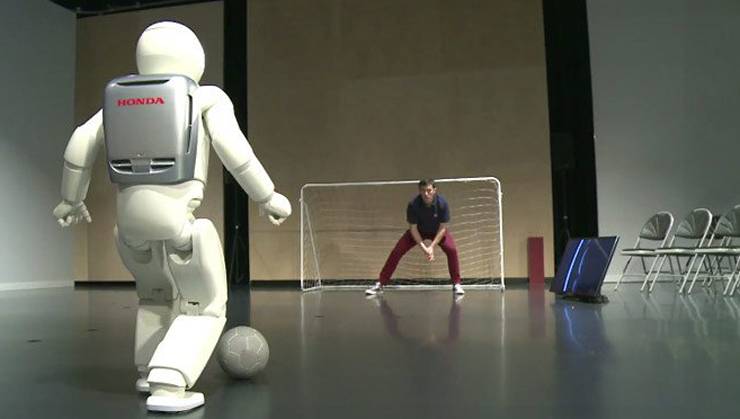The fascinating field of robotics and artificial intelligence
(AI) has witnessed a remarkable evolution over the years. From early mechanical
automata to cutting-edge humanoid robots and sophisticated AI algorithms, this
transformative journey has revolutionized various industries and reshaped the
way we live and work. In this blog, we will delve into the captivating history
of robotics and AI, exploring their origins, major milestones, and the profound
impact they have had on society. Join us as we embark on a thrilling adventure
through time, uncovering the remarkable progression and potential of robotics
and artificial intelligence.
The Origins of Robotics and AI
The roots of robotics and AI can be traced back to ancient
civilizations, where inventors and dreamers envisioned the creation of lifelike
mechanical beings. From ancient Greece to the Islamic Golden Age, historical
accounts reveal a quest to replicate human intelligence and create automatons
capable of performing tasks. However, significant progress came about during
the Industrial Revolution when the concept of automation gained momentum.
Innovations such as Charles Babbage's Analytical Engine and Ada Lovelace's
pioneering work on computer programming laid the foundation for modern-day AI.
Early Breakthroughs and the Birth of Robotics
The mid-20th century witnessed groundbreaking advancements
in robotics. The development of the first general-purpose electronic digital
computer, the Electronic Numerical Integrator and Computer (ENIAC), paved the
way for computational progress. It was during this era that the term
"artificial intelligence" was coined by computer scientist John
McCarthy. Soon after, in 1954, George Devol and Joseph Engelberger created the
first digitally programmable robot, the Unimate, which revolutionized the manufacturing
industry.
The Rise of AI and Robotics
The late 20th century marked a turning point in the
evolution of robotics and AI. Scientists and researchers began exploring neural
networks and machine learning algorithms. The birth of expert systems, symbolic
reasoning, and natural language processing algorithms propelled AI's growth.
Robotics also entered a new era, with the development of industrial robots
capable of performing complex tasks with precision and accuracy.
Modern Innovations and Advancements
Advancements in computational power and the advent of big data led to a resurgence of interest in AI and robotics in the 21st century. Machine learning and deep learning techniques empowered AI systems to learn and improve from vast amounts of data, driving breakthroughs in image and speech recognition, natural language understanding, and autonomous vehicles. Meanwhile, robotics expanded its horizons with the introduction of collaborative robots (cobots) that work alongside humans, exoskeletons enhancing physical capabilities, and human-like androids pushing the boundaries of realism.
The integration of robotics and AI has had a profound impact
on various sectors. In healthcare, robots assist surgeons, provide care to the
elderly, and enhance rehabilitation. Manufacturing industries benefit from
increased productivity and precision, while autonomous vehicles promise safer
and more efficient transportation. AI-powered virtual assistants have become
commonplace, transforming how we interact with technology. However, the rise of
automation also raises concerns about job displacement and ethical
considerations that need to be carefully addressed.
The evolution of robotics and artificial intelligence has
been nothing short of remarkable. From ancient mechanical beings to
sophisticated robots and intelligent algorithms, we have witnessed
unprecedented progress in this field. The future holds even more exciting
possibilities, with advancements in AI and robotics set to reshape industries
and society as a whole. As we embrace this transformative technology, it
becomes imperative to strike a balance between innovation and addressing the
ethical, social, and economic implications.


